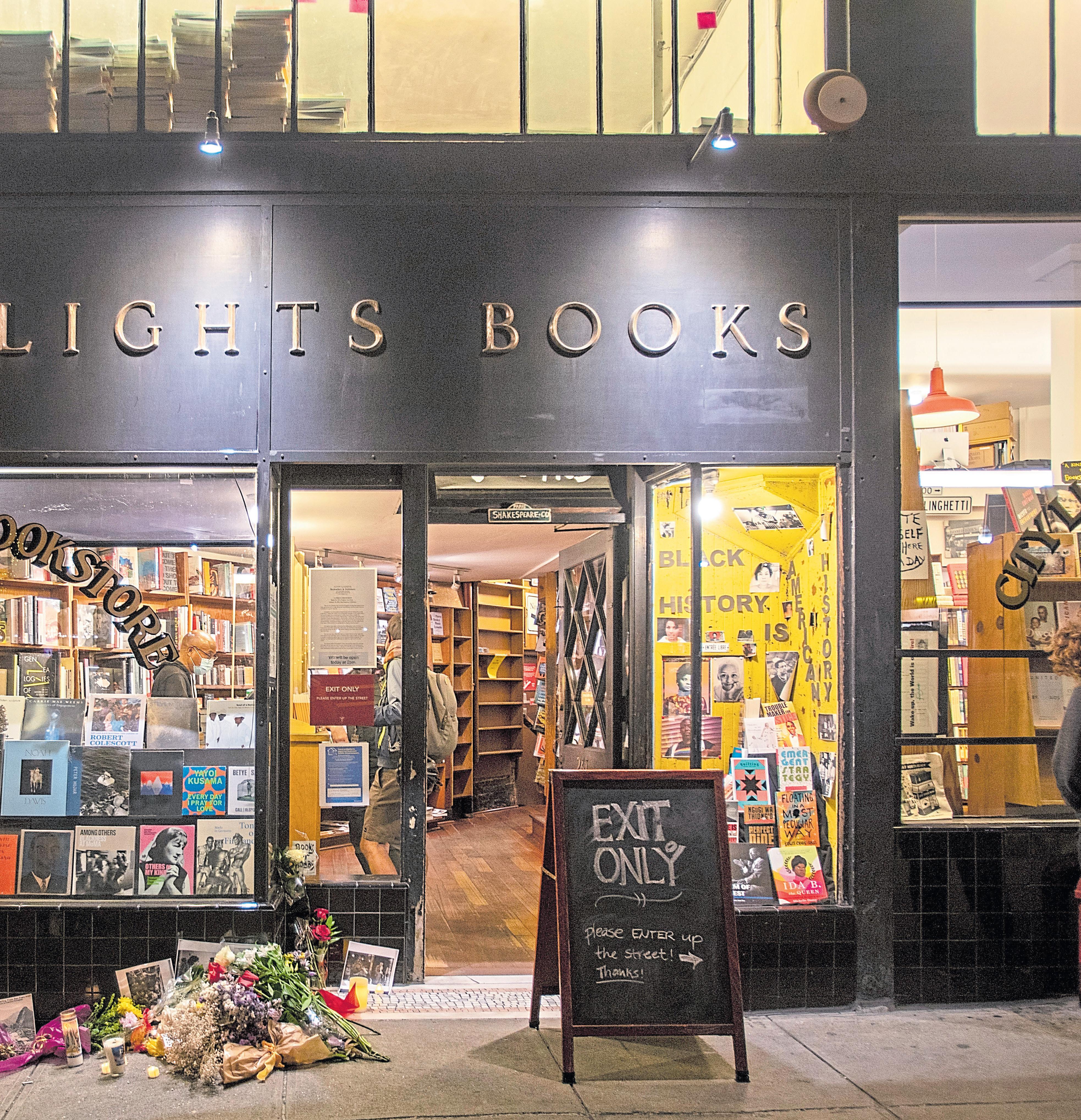
6 minute read
Who knew?
BY JOAN MORRIS
From Philip K. Dick and Maya Angelou to Robert Louis Stevenson, the San Francisco Bay Area’s
literary roots run deep — and unexpectedly broad.
Although it’s really no wonder.
For decades, established and aspiring authors have used the Bay Area’s versatile settings — the foggy streets of San Francisco, the golden hills of the East Bay and the edgy architecture of Silicon Valley — to spur their imaginations, feed their characters and simmer their plots.
Here’s a look at some of the people and places that are now part of the Bay Area’s literary landscape.
Flowers are left outside City Lights Bookstore in San Francisco at a vigil held for the literary figure Lawrence Ferlinghetti on Feb. 23, 2021, one day after his death at age 101.
KARL MONDON/STAFF ARCHIVE
Ina Coolbrith
Ina Coolbrith might not be on everyone’s bookshelf, but the poet, writer and librarian influenced a host of well-known writers and was the first laurel-crowned poet of California.
Known as the “Sweet Singer of California,” Coolbrith came to San Francisco in 1862 after a brief failed marriage and sensational divorce. Already a published poet, she met writers Bret Harte and Charles Warren Stoddard and formed the “Golden Gate Trinity.”
She later moved to Oakland, where she supported herself as the city librarian and where she mentored both Jack London and Isadora Duncan. Coolbrith later returned to San Francisco, where the Bohemian Club hired her as its librarian.
She was so beloved, San Francisco named a park after her at the corner of Vallejo and Taylor streets. It offers some of the best views of the city she loved. She also is honored on Berkeley’s Addison Street Poetry Walk. And a stairway connecting Berkeley’s Grizzly Peak Boulevard and Miller Avenue is named Ina Coolbrith Path.
Robert Frost
Robert Frost may have pondered diverging roads and New England woods on a snowy evening, but he was born in San Francisco in 1874 — an Aries, in case you wondered — and spent half his childhood here on Nob Hill, back when it was a stretch of wilderness and squatters.
Frost and his family moved east after the 1885 death of his father, a San Francisco newspaperman and member of the Bohemian Club, but Frost revisited these landscapes in his poetry — in “Auspex,” “A Peck of Gold,” “Once by the Pacific” and others. Frost is remembered with a plaque in Robert Frost Plaza, just outside the Embarcadero BART station at the corner of Drumm and Market streets.
“I know San Francisco like my own face,” Robert Frost once said. “It’s where I came from, the first place I really knew.”
David Dodge
Alfred Hitchcock optioned the rights to “To Catch a Thief” before the book by Berkeley-born David Dodge had even been published. The 1955 movie, which starred Grace Kelly and Cary Grant as a former cat burglar, went on to major box office success. So did Dodge’s writing career, which he began as a playwright for San Francisco’s Macondray Lane Players, a side gig he began while working as a certified public accountant..
After spending a rained-out vacation reading terrible novels, he bet his wife $5 that he could do better — and won. In 1941, Macmillan published his first novel, “Death and Taxes,” about a San Francisco tax pro-turned-detective.
Maya Angelou
Maya Angelou knows why the caged bird sings — and how the street car bell rings, too. The future poet and civil rights activist was born in St. Louis, Missouri, and spent her early childhood there and in Arkansas, but when she was 14, Angelou and her brother moved to Oakland to live with their mother.
Angelou became San Francisco’s first Black female street car conductor at age 16. “I saw women on the street cars with their little changer belts. They had caps with bibs on them and form-fitting jackets. I loved their uniforms. I said that is the job I want,” Angelou told Oprah Winfrey during a 2013 interview.
Angelou might have wanted the job, but the job didn’t want her. She was denied an application initially, but she just kept showing up every day to ask for one, until she finally got it — and the job.
Robert Louis Stevenson
There’s a Robert Louis Stevenson elementary school in San Francisco, a Robert Louis Stevenson State Park in Calistoga and a Robert Louis Stevenson Museum in St. Helena. It’s not a coincidence.
The Scottish author of such books as “Treasure Island,” “The Strange Case of Dr Jekyll and Mr Hyde” and “Kidnapped” got married and honeymooned in Napa County and lived for a while in Monterey and San Francisco. That pirate ship you see in San Francisco’s Portsmouth Square commemorates the honorary Bay Area writer.

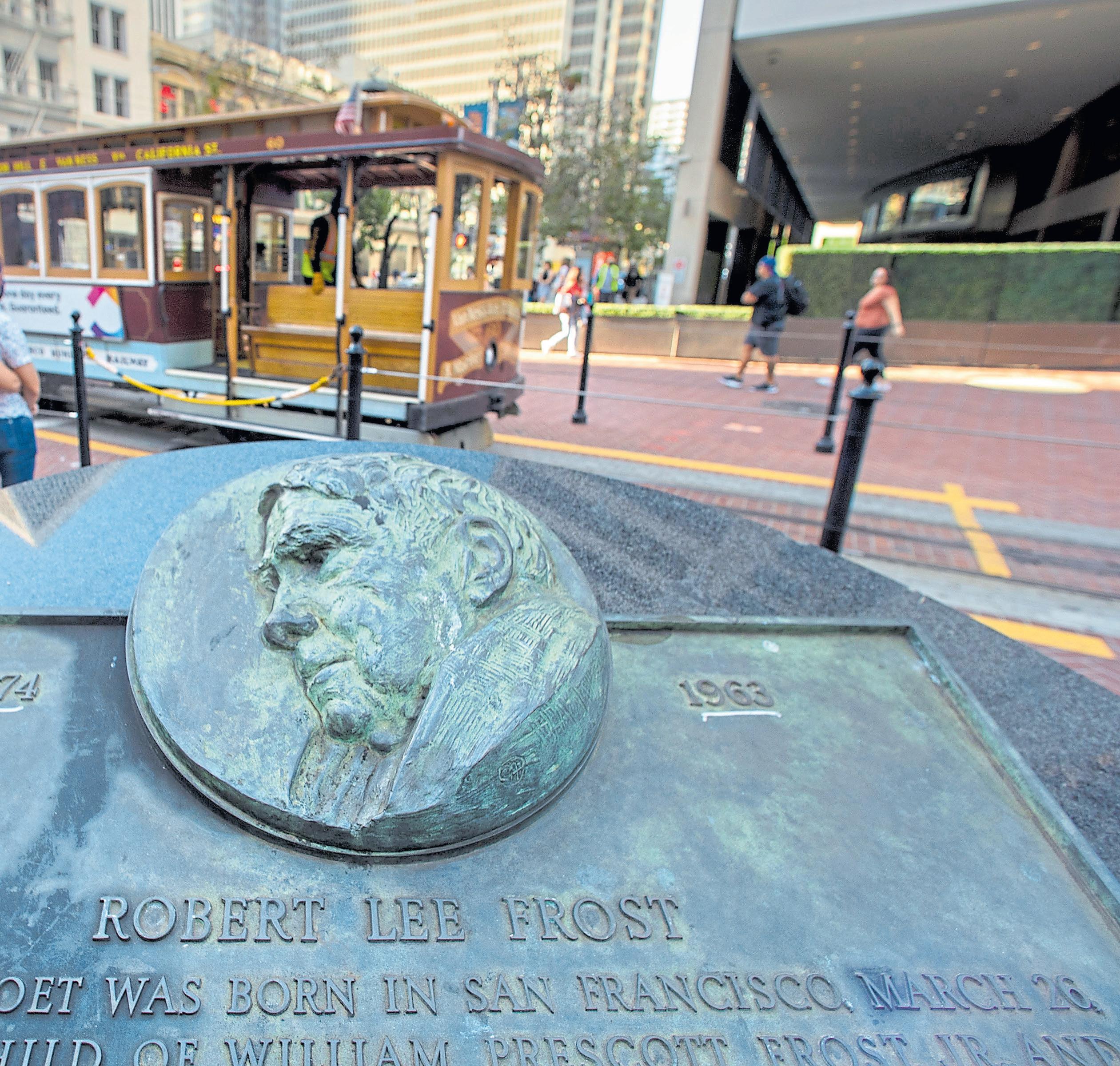
Chin Yang Lee
Chin Yang Lee was born in Xiangtan, Hunan, China, but came to the United States as a young man, eventually landing in San Francisco, where he worked for two Chinatown newspapers, Chinese World and Young China. He also began work on a short story, which became a novel, about a young man, Wang Ta, who is at odds with his elderly father and the tradition of arranged marriage.
Farrar, Straus and Cudahy publishers sent the manuscript to one of its readers for evaluation. When the reader, an elderly man, was found dead in his bed, the manuscript was beside him. Before he died, he had scrawled the words “Read this” on the copy.
The company published the novel, originally called
“Grant Street,” under the title, “The Flower Drum Song,” in 1957. Adapted by Rodgers and Hammerstein the following year, the Broadway production was the first to feature Asian actors. A 1961 movie adaptation launched the careers of several actors, including Jack Soo, Nancy Kwan and James Shigeta.
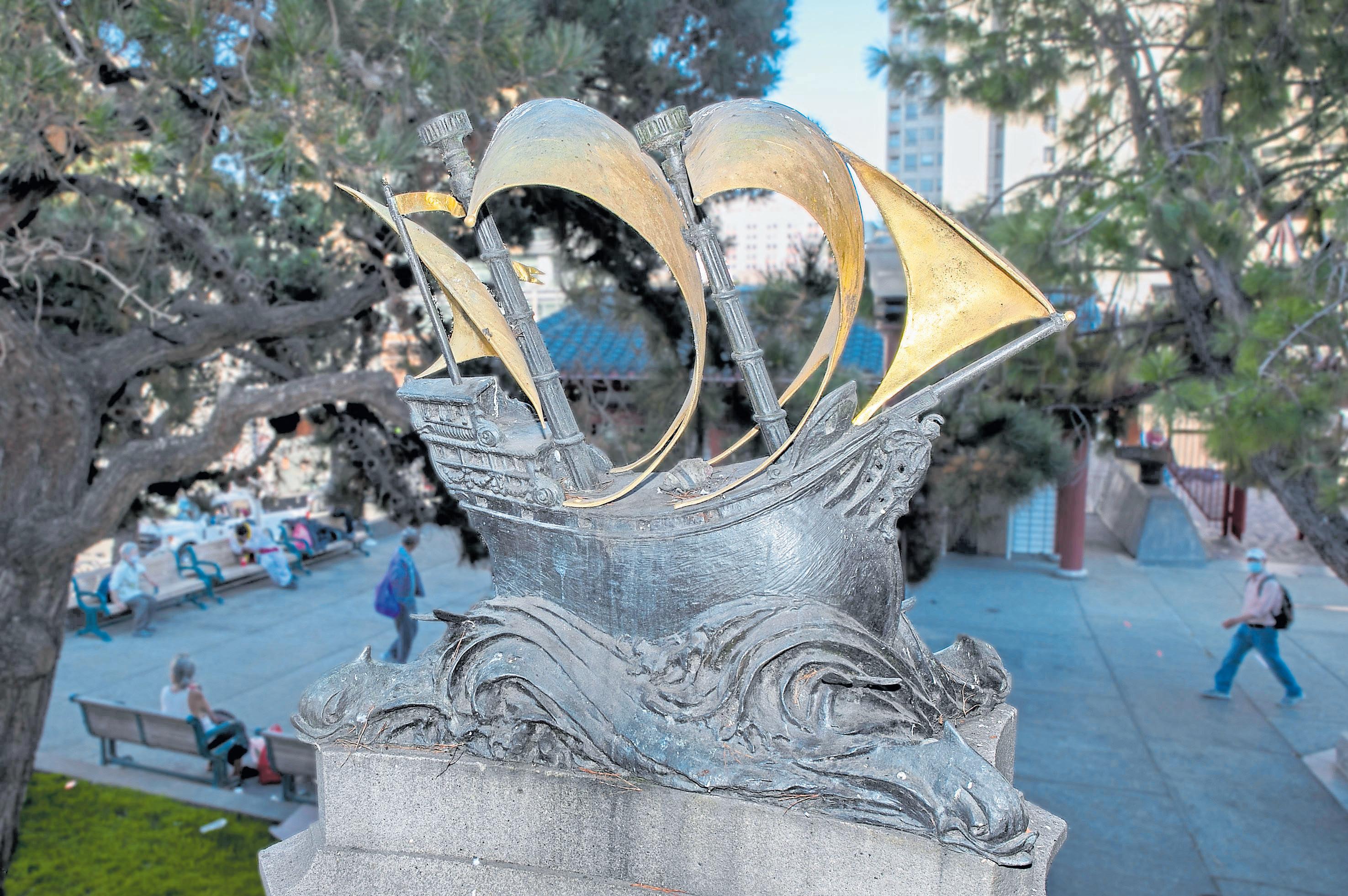
Jack London
Jack London was born John Griffith Chaney in San Francisco in 1876. Before his death in 1916 at age 40, London cut quite a swath as a member of the radical literary group, “The Crowd.”
London is known for such adventure novels as “The Call of the Wild” and “White Fang,” both set on the unforgiving Alaskan frontier during the Klondike Gold Rush, and “The Sea-Wolf,” which begins in the Bay aboard a ferry called Martinez.
You’ll find plenty of homages to the author, including Jack London Square on Oakland’s waterfront, where his cabin has been re-created; Glen Ellen’s Jack London State Historic Park, where he was buried; and the small Jack London Park on Rose Drive in Benicia. But to go back where it all started, check out the bronze marker at 601 Third St. in San Francisco, which marks the place where he was born.
Allen Ginsberg
When Lawrence Ferlinghetti, co-founder of San
Francisco’s City Lights Booksellers & Publishers, heard Allen Ginsberg read his poem “Howl,” he sent Ginsberg a note that read, “I greet you at the beginning of a great career. When do I get the manuscript?”
Ferlinghetti published the poem and other Ginsberg works in the 1956 “Howl and Other Poems.” The response to the book was immediate, although perhaps not the one the men expected. The book was labeled obscene, and volumes were seized by U.S. Customs and the San Francisco police.
By the time the lengthy trial played out, with a parade of poets and professors convincing the court that it was not obscene, the book was more popular than ever, heralded as an opus for the Beat Generation and called the most influential poetic work of the postWorld War II era.
Did it change generations to come? Judge for yourself. Make a pilgrimage to City Lights Books, 261271 Columbus Ave. in San Francisco and stroll Jack Kerouac Alley, too, which runs alongside the store.
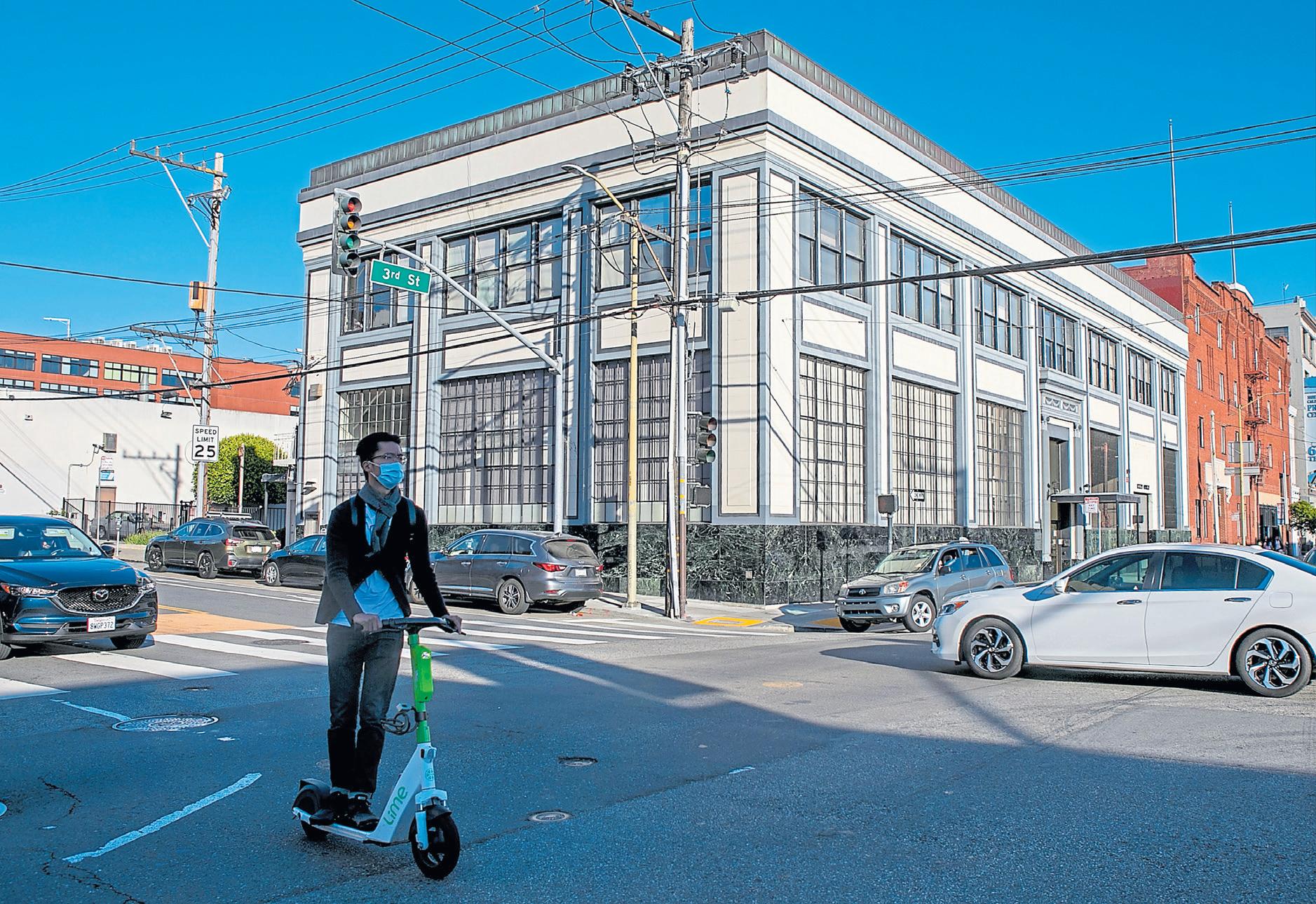
Philip K. Dick
Imagine Harrison Ford in his iconic role as Rick Deckard, hunting down rogue androids through the streets of San Francisco in 2021. That was what the original version of “Blade Runner” called for. Moviemakers changed the setting to Los Angeles, but Philip K. Dick’s sci-fi classic, “Do Androids Dream of Electric Sheep?” was born and bred in the city by the Bay. Dick was born in Chicago but moved to the Bay Area as a boy, attended Berkeley High School and, for a brief spell, UC Berkeley. In his early 20s, he began writing science fiction, finally finding success with his 1962 novel, “The Man in the High Castle.” He followed the Hugo Award-winning novel with “Do Androids Dream of Electric Sheep?” and a string of other acclaimed short stories and books.
“Androids” was adapted into “Blade Runner” in 1982. Other book-to-movie adaptions include “Total Recall” — twice — and “Minority Report.”
Eugene O’Neill
Author, poet and playwright Eugene O’Neill’s life is steeped in illness, tragedy, betrayal, abandonment and depression, but his penultimate home atop a hill in Danville is a counterpoint to all that darkness.
The Eugene O’Neill National Historic Site celebrates the life and work of the Pulitzer Prize-winning playwright. By the time O’Neill moved there, he’d already lived in 35 places, but he called Tao House his “final home and harbor.” It was here that he wrote perhaps his best plays, including “The Iceman Cometh,” “Long Day’s Journey Into Night” and “A Moon for the Misbegotten.”
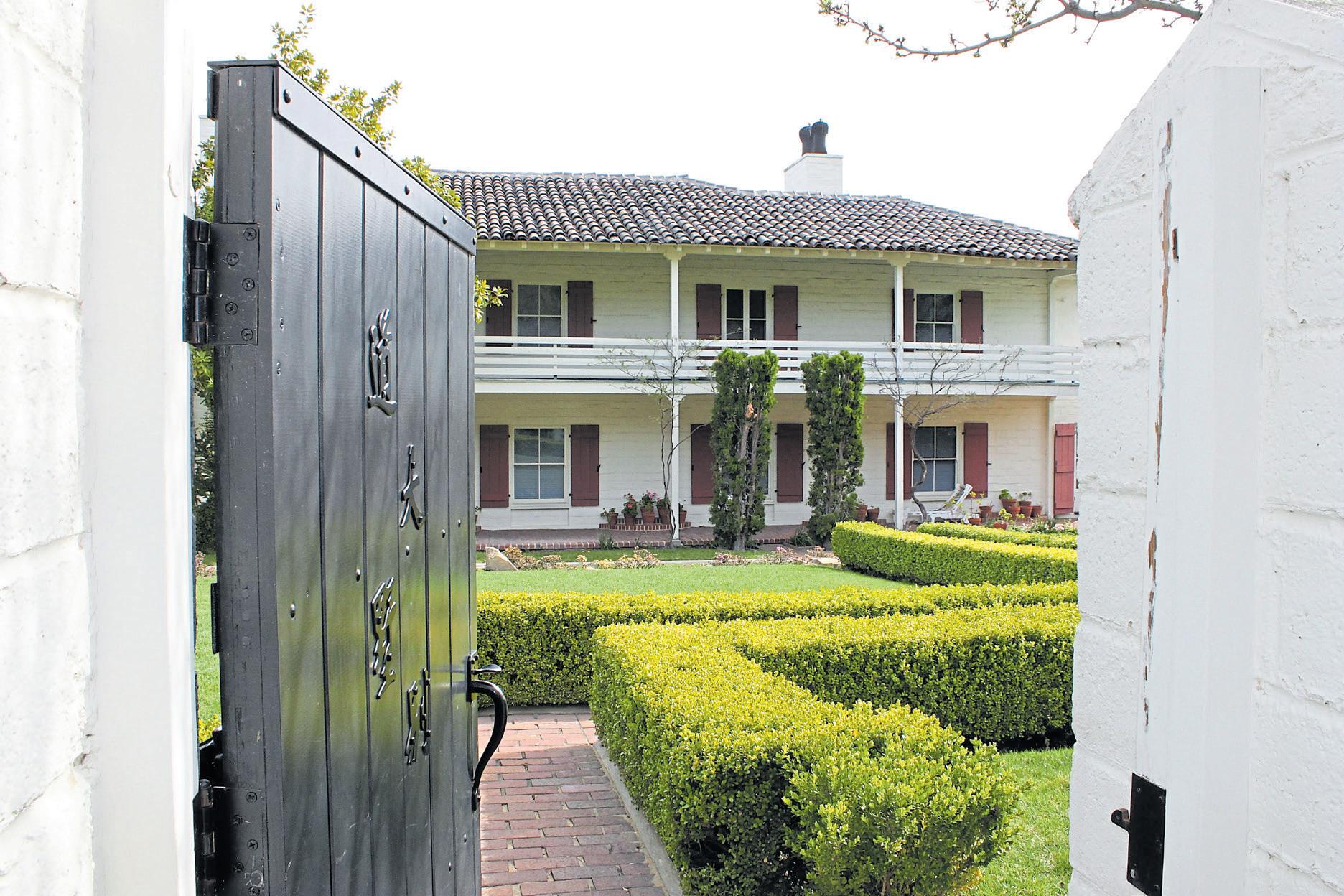
And it was where he eventually stopped writing, after developing deep tremors in his hands due to Parkinson’s disease.
Tours of the house are available by reservation (www.nps.gov/euon), with shuttle bus transportation to the estate.










